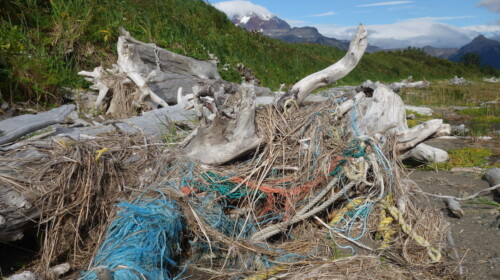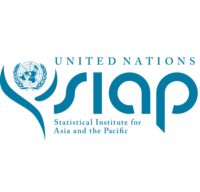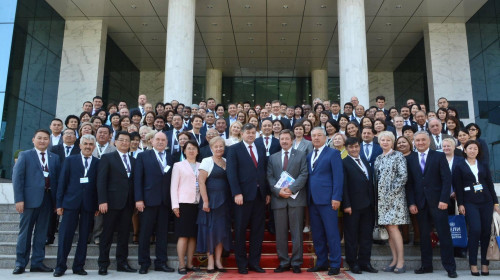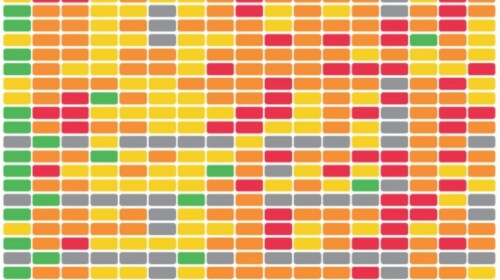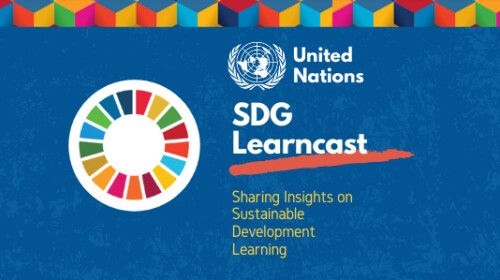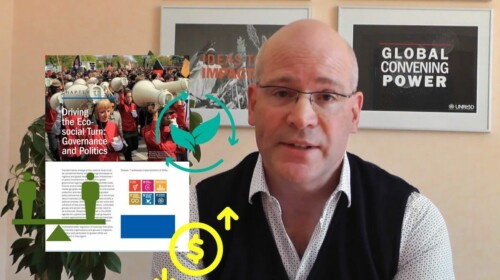This course will help you understand how to compile and monitor SDG indicators from fisheries and aquaculture statistics. The course comprises six lessons. Each lesson comprises slides and their explanations. The first lesson outlines the Global Strategy to Improve Agricultural and Rural Statistics which provides a framework for national and international statistical systems to produce and to apply the basic data and information needed to guide policy on rural development and sustainable agricultural production. Lesson 2 introduces definition of small-scale fisheries and aquaculture. Lesson 3 depicts indicators of the SDG Goal 14 based on statistics in small-scale fisheries and aquaculture. Lesson 4 outlines international statistical classifications. Lesson 5 highlights on data collection and sampling design. The last lesson focuses on information technology including remote sensing, global positioning system and geographical information system.
Target Audience
Target participants are officials who provide or use fisheries and aquaculture statistics.
Learning Objectives
By the end of the course, participants will be expected to:
- know about securing sustainable small-scale fisheries guidelines, SDGs and other relevant international instruments
- sensitize the need for collection of reliable and accurate small-scale fisheries and aquaculture statistics
- understand the indicators of small-scale fisheries and aquaculture
- build the skills on the use of data to support evidence-based policy

